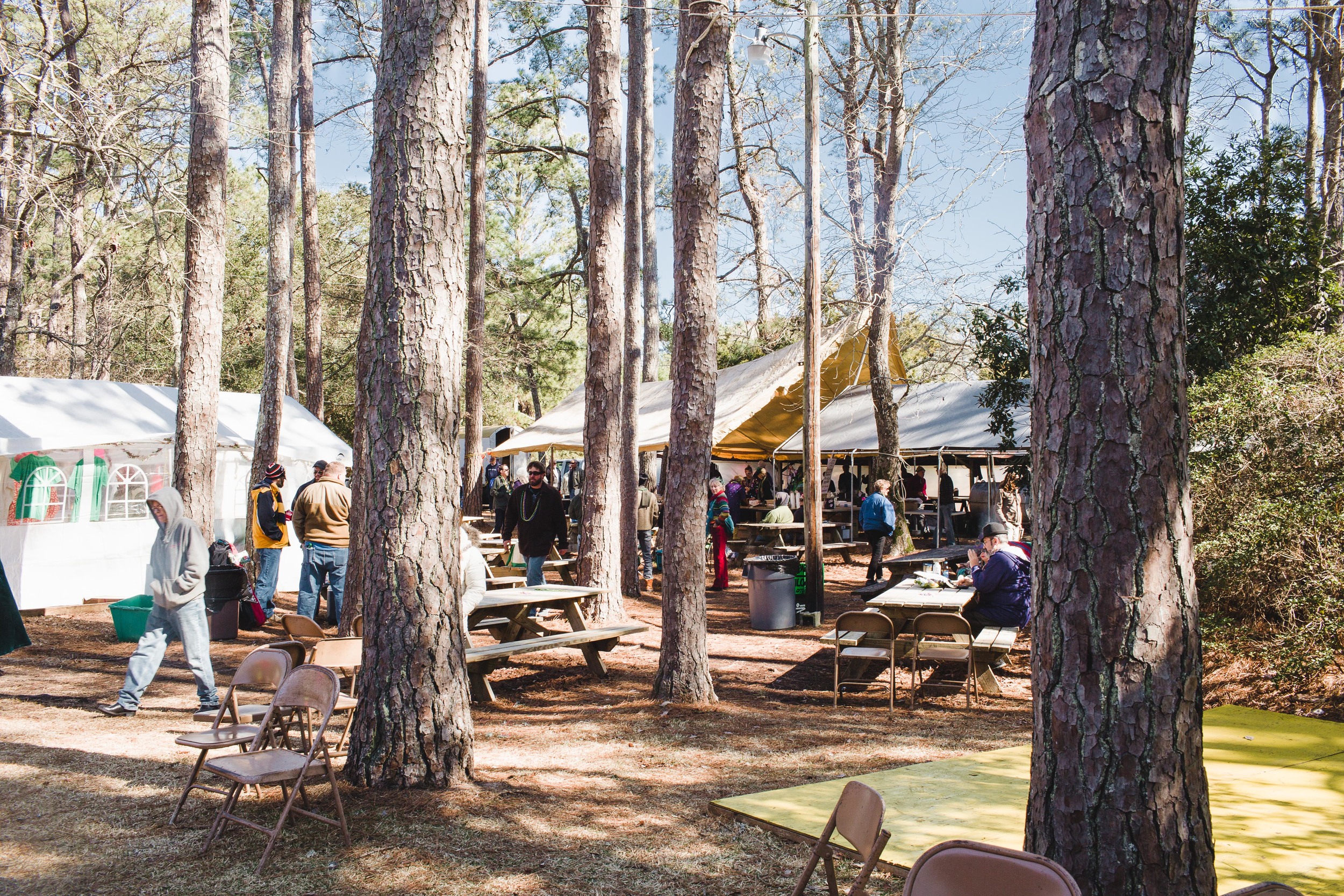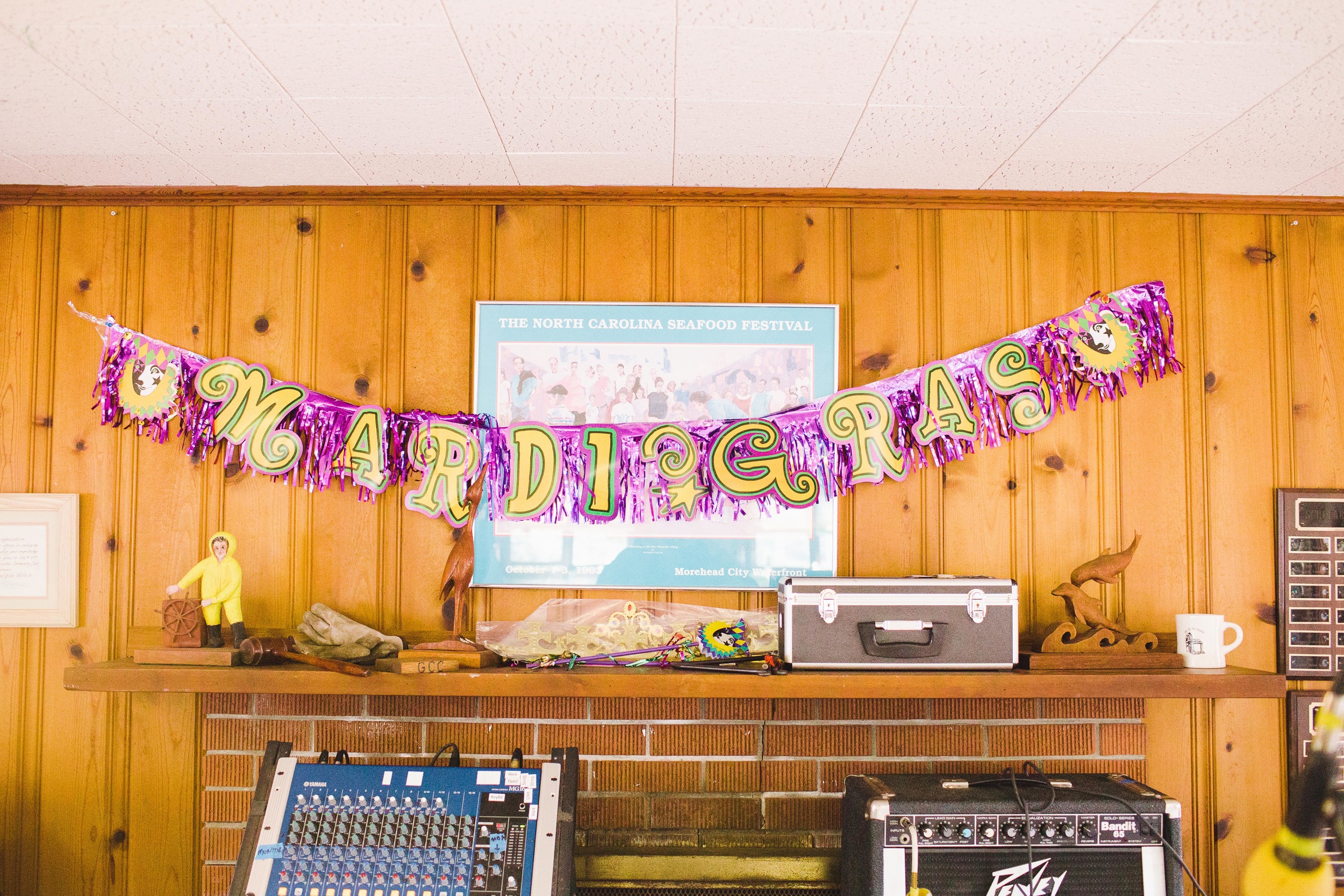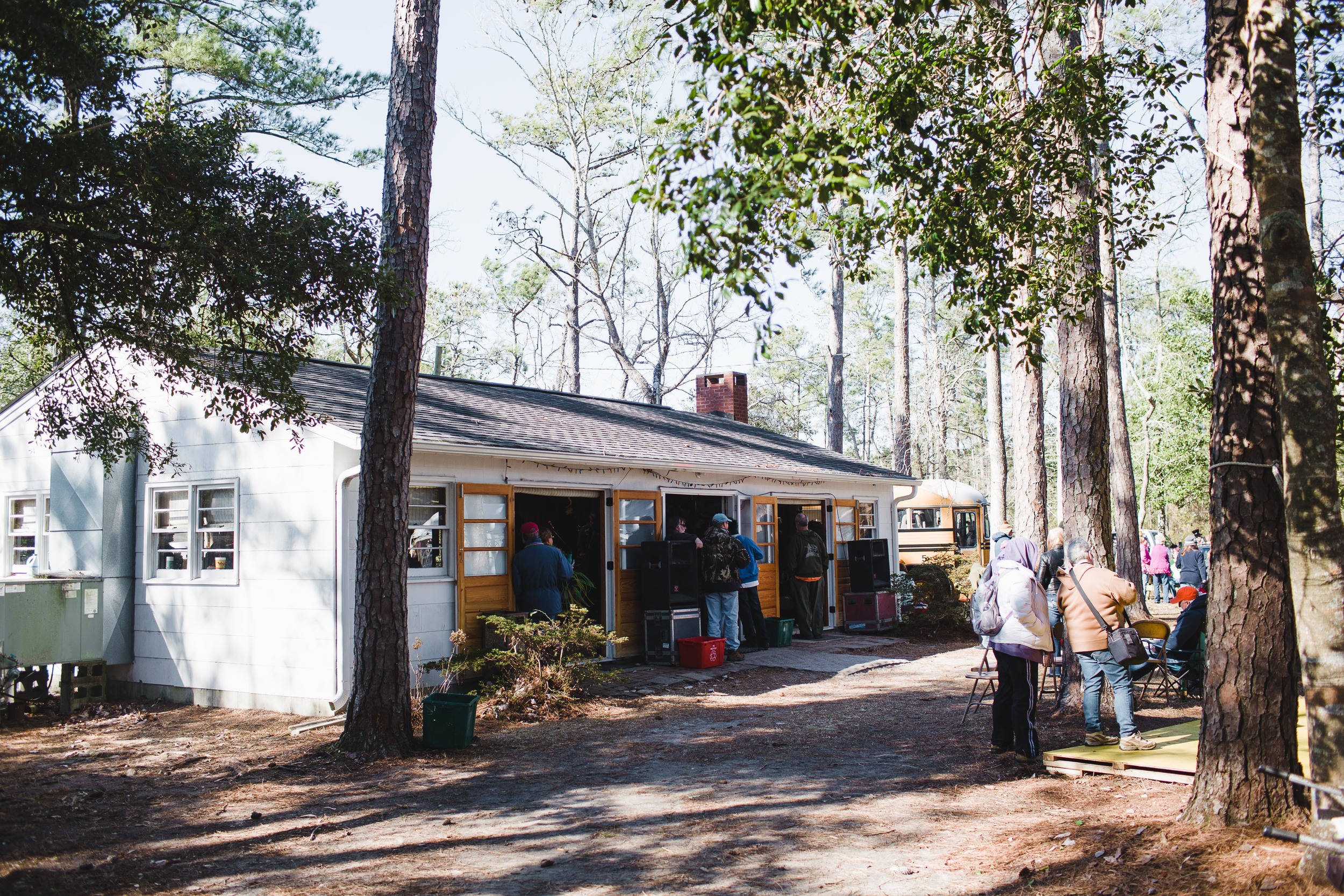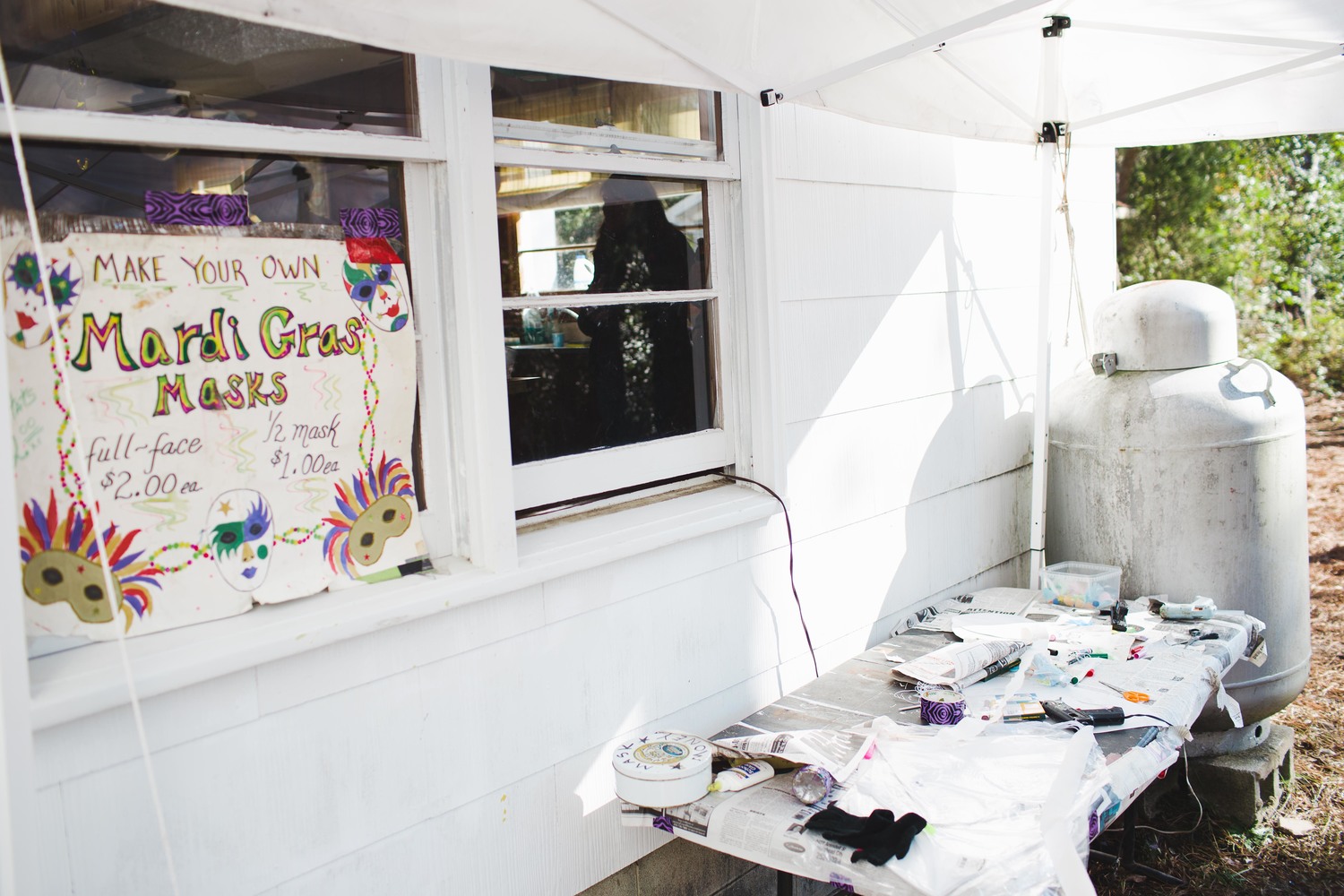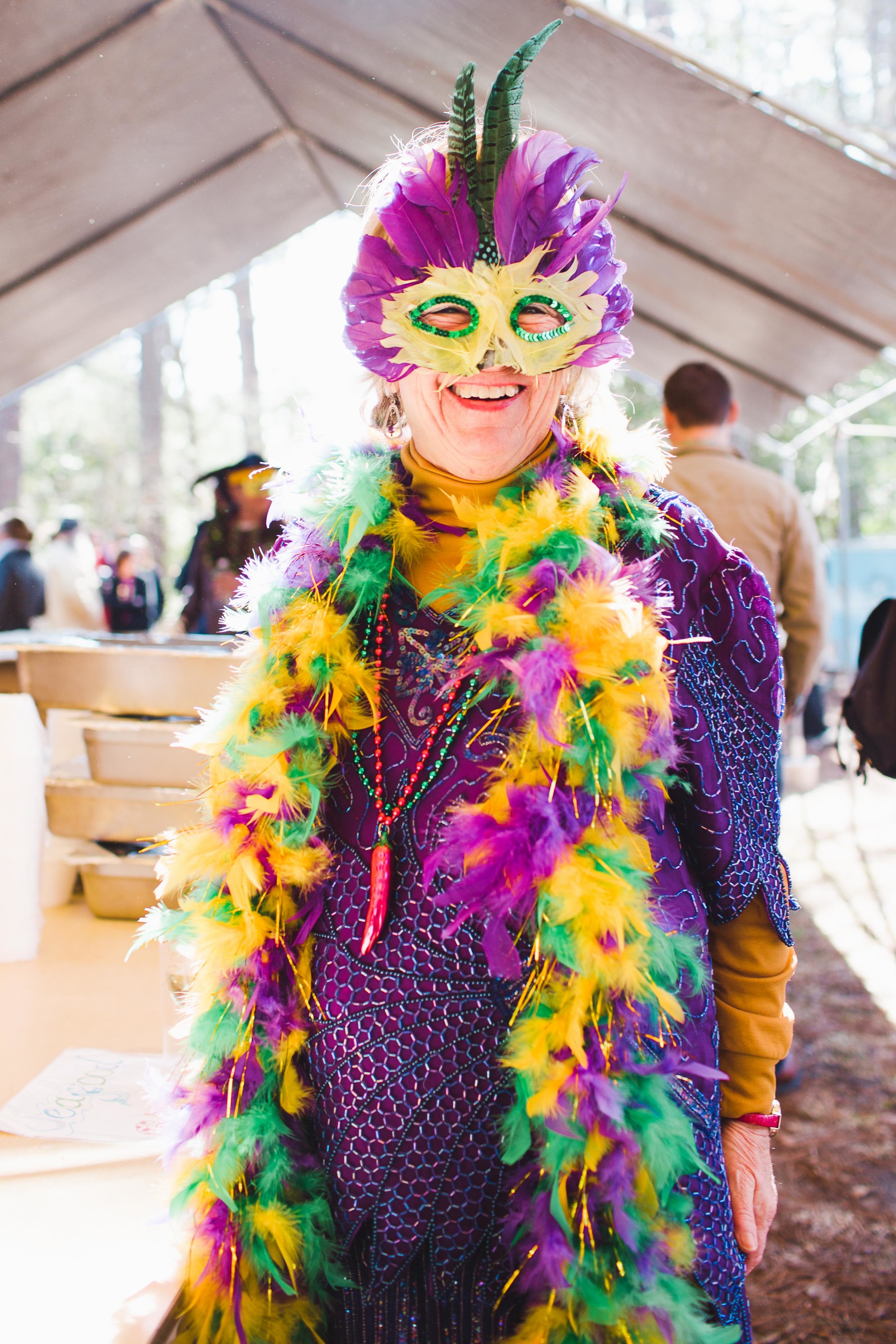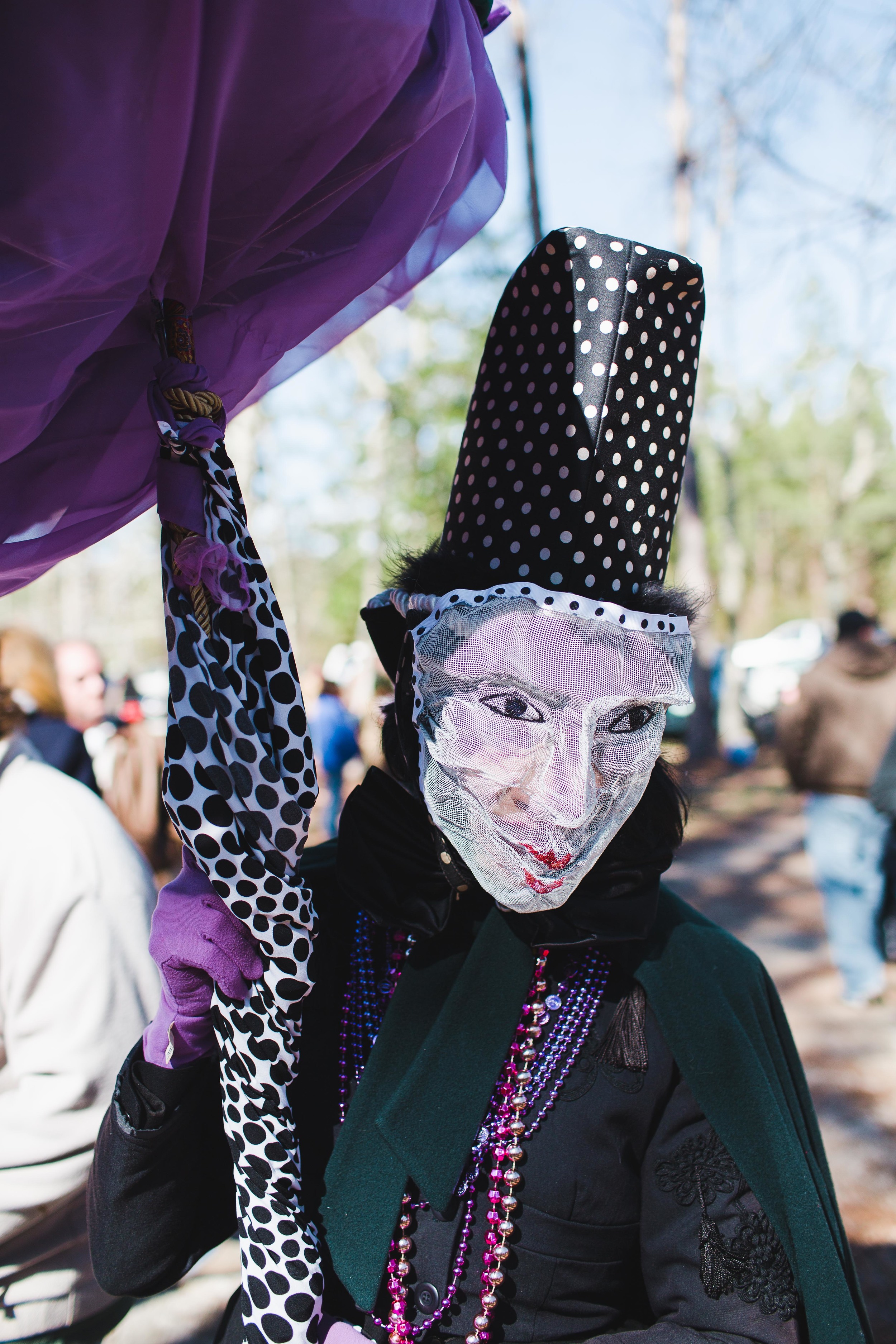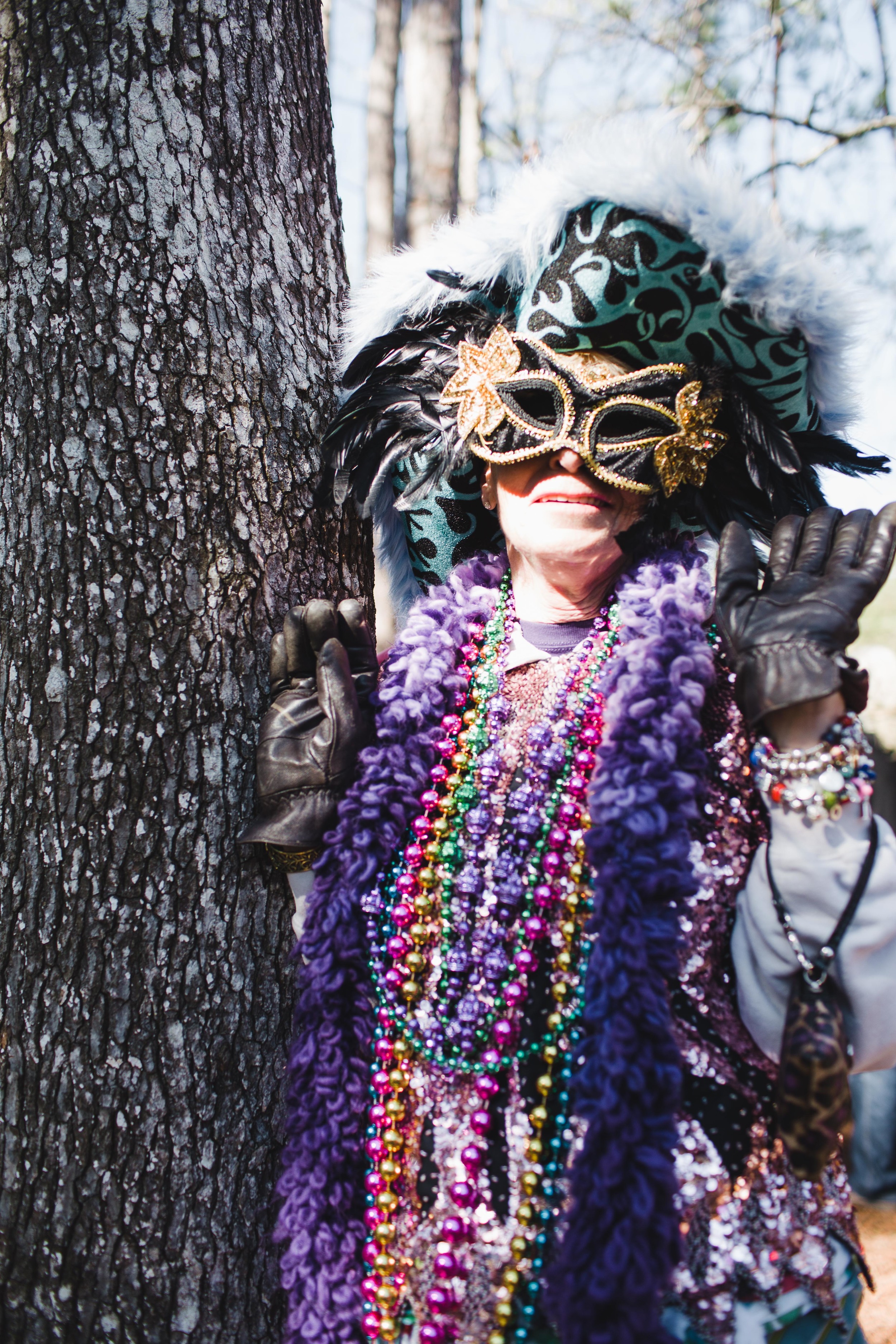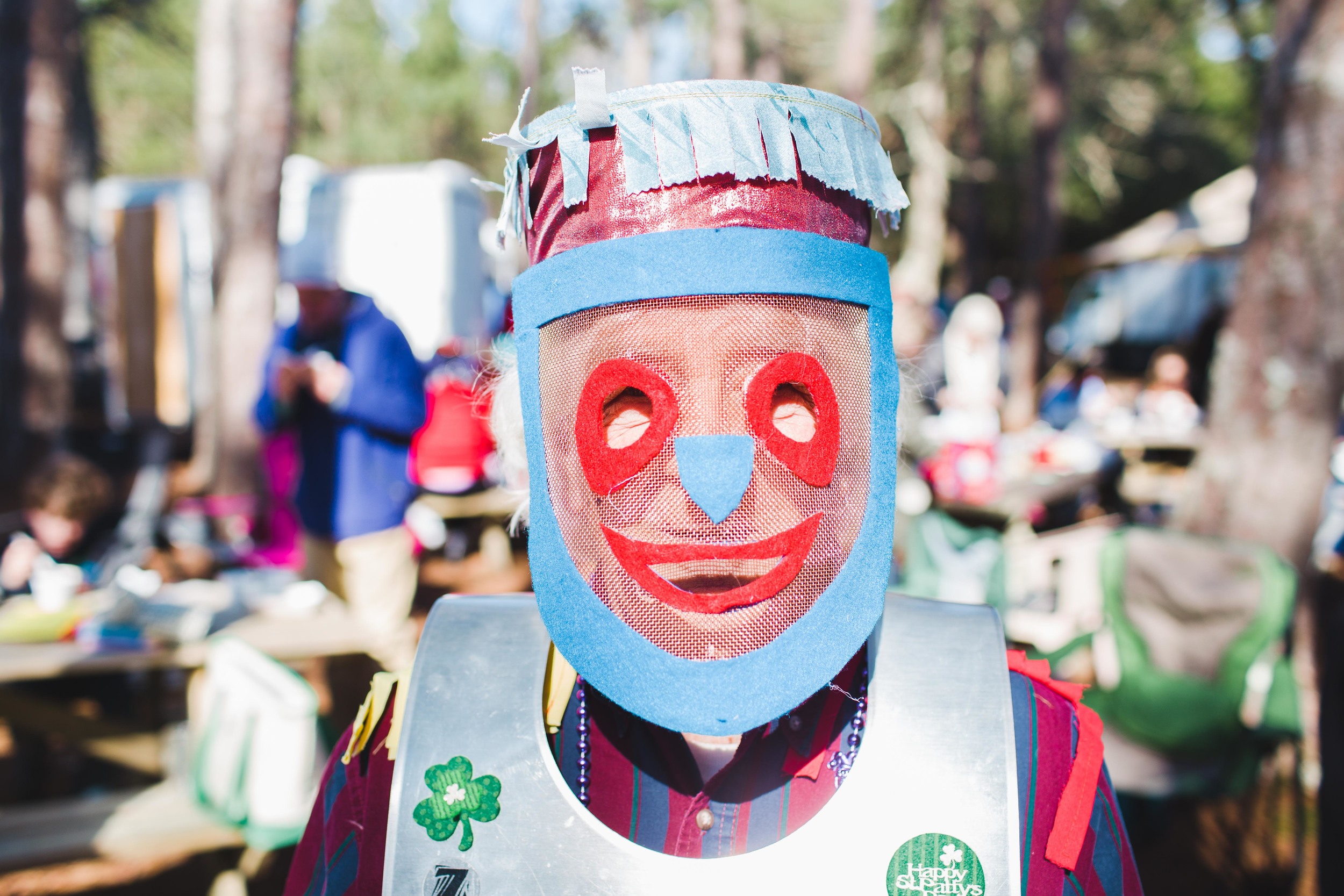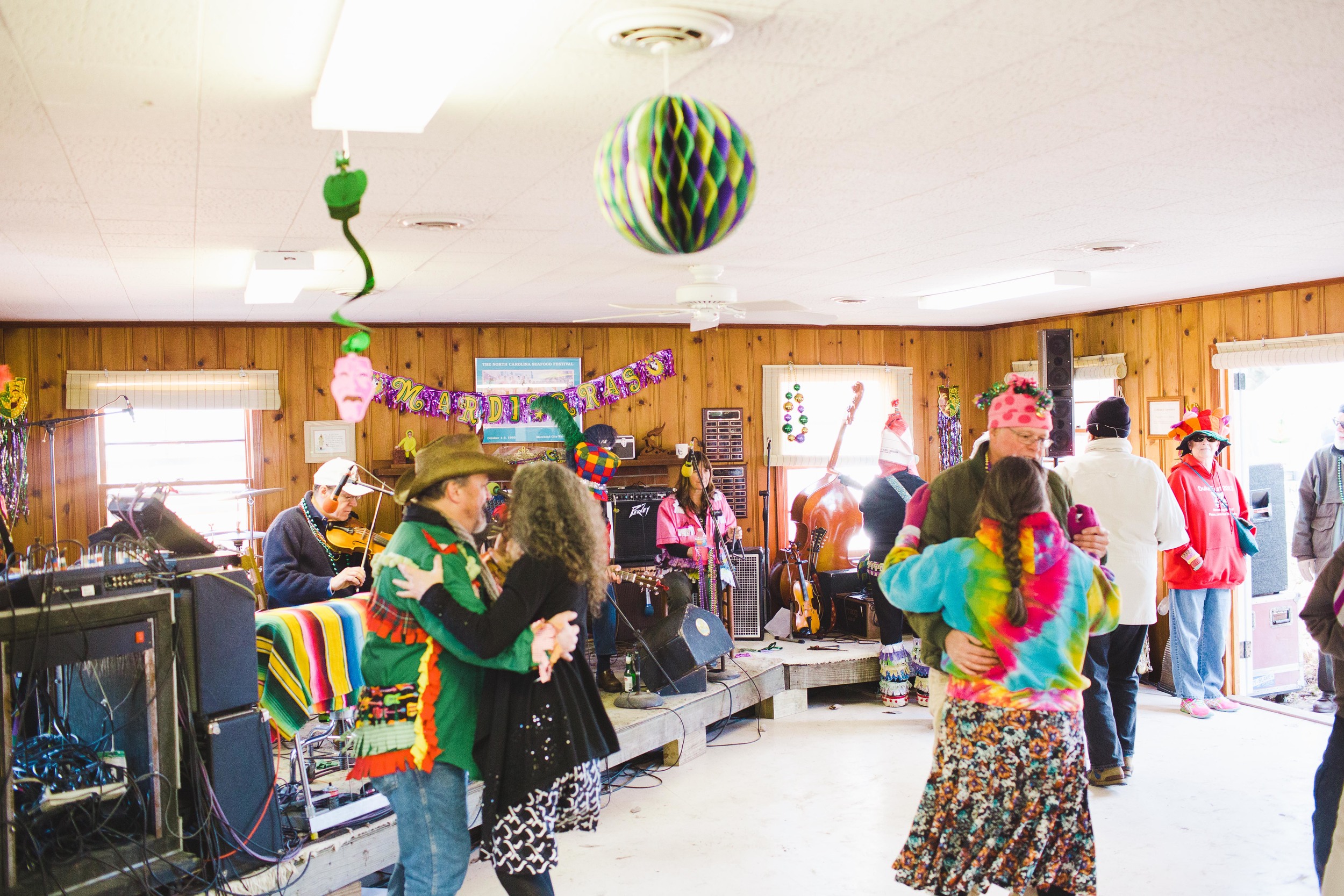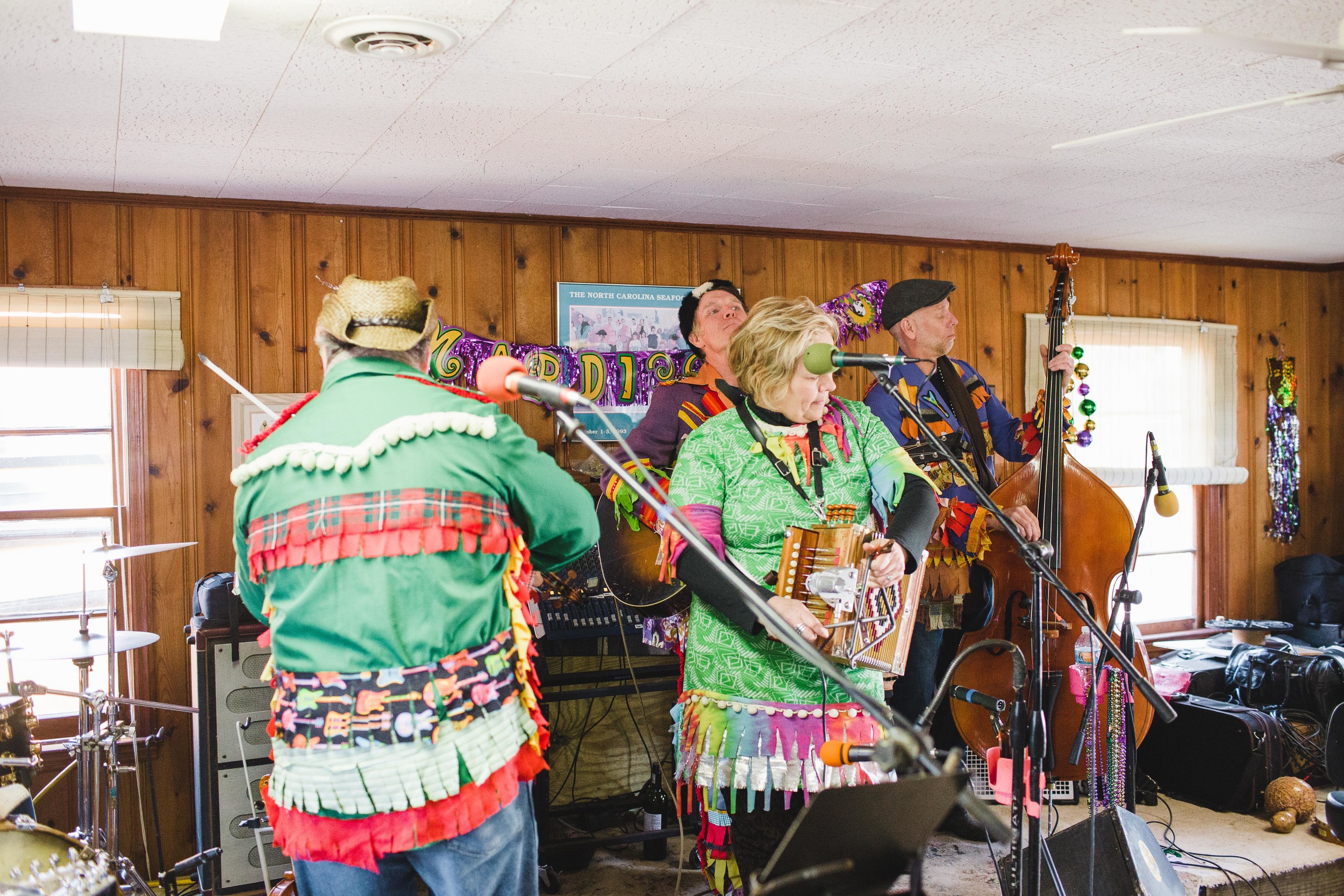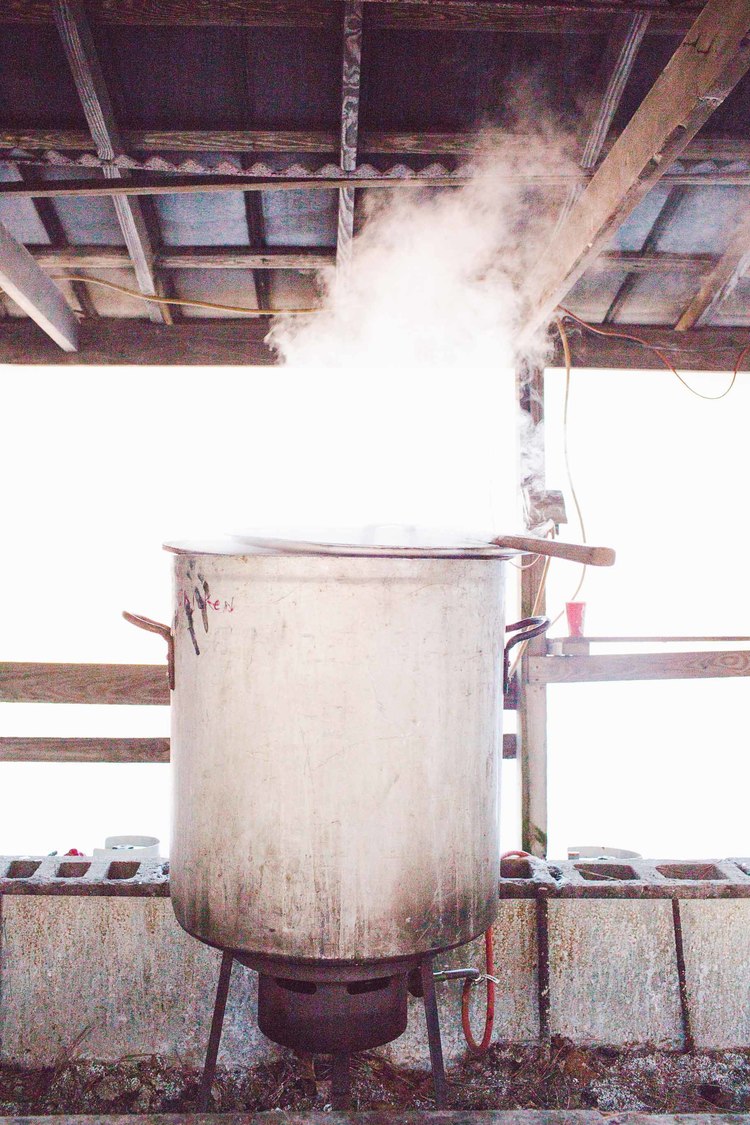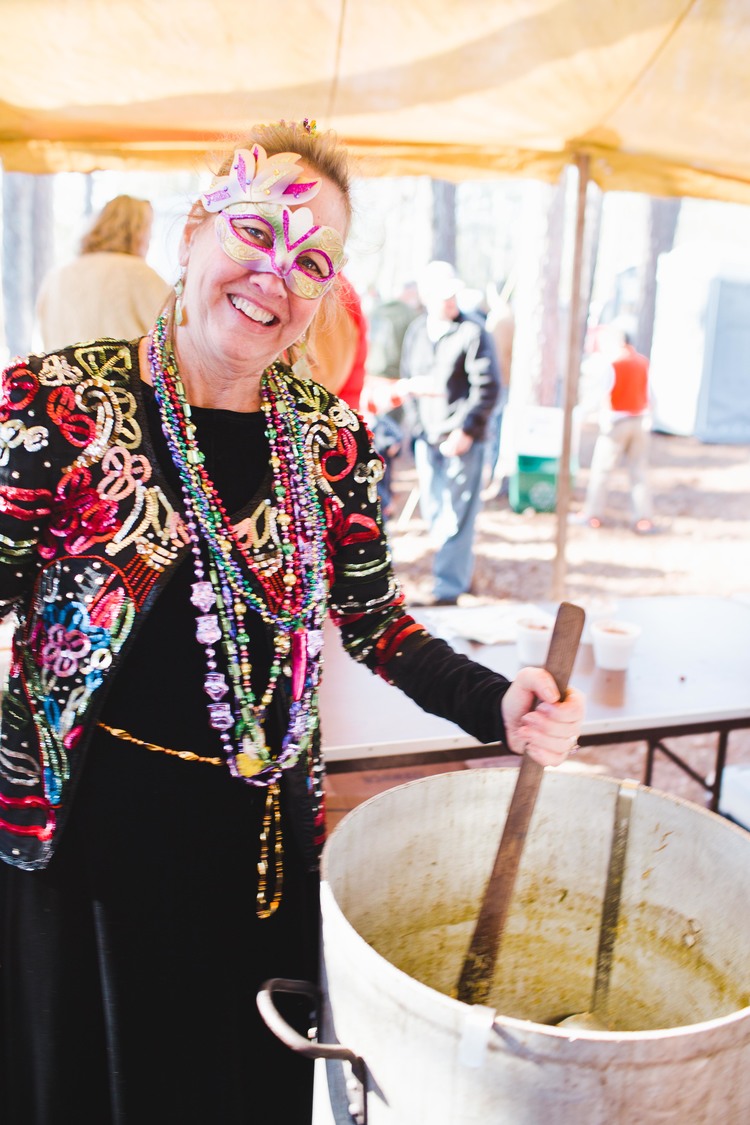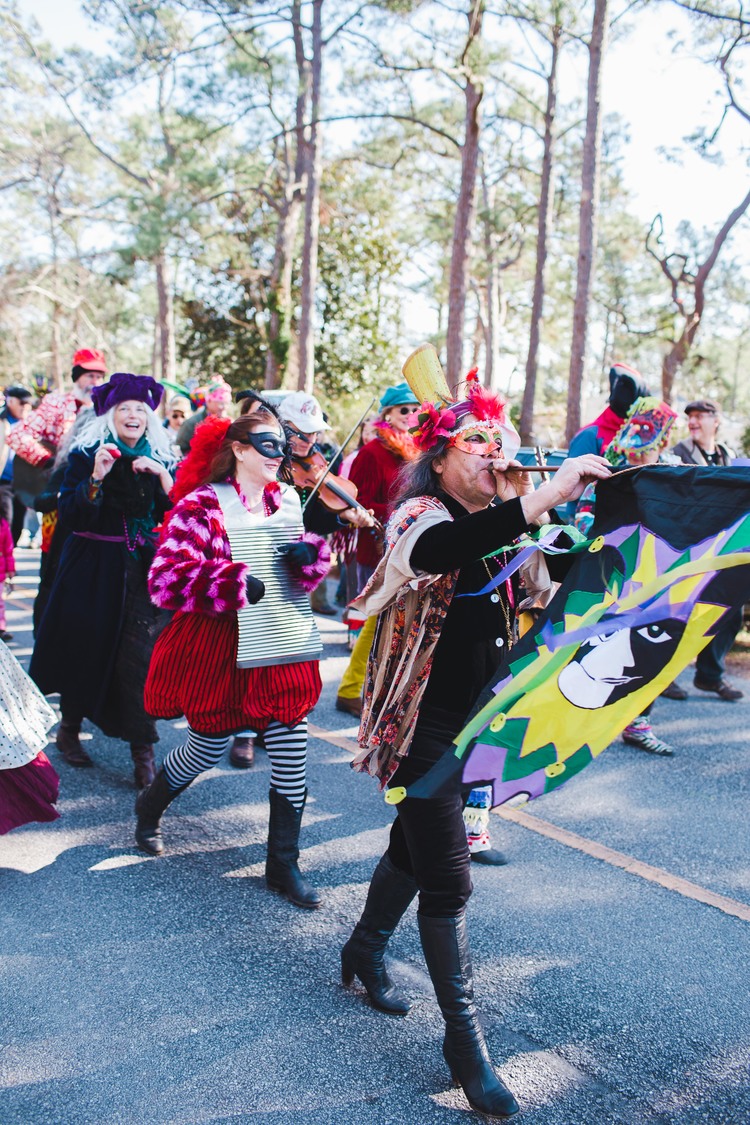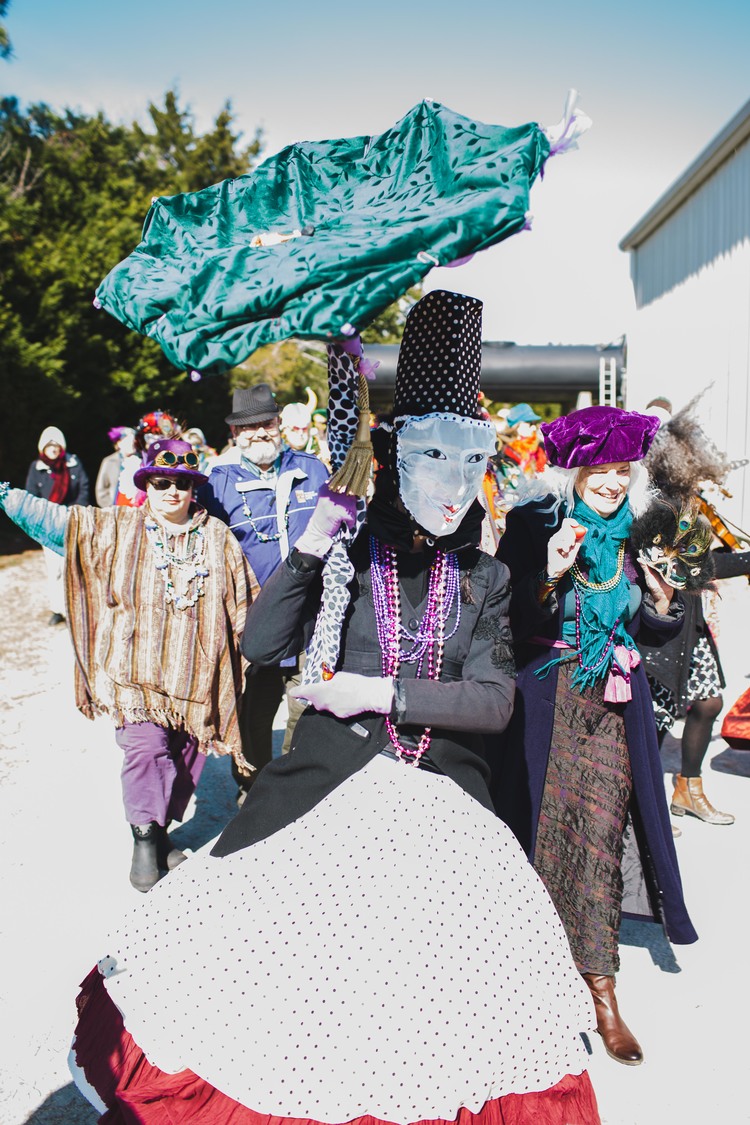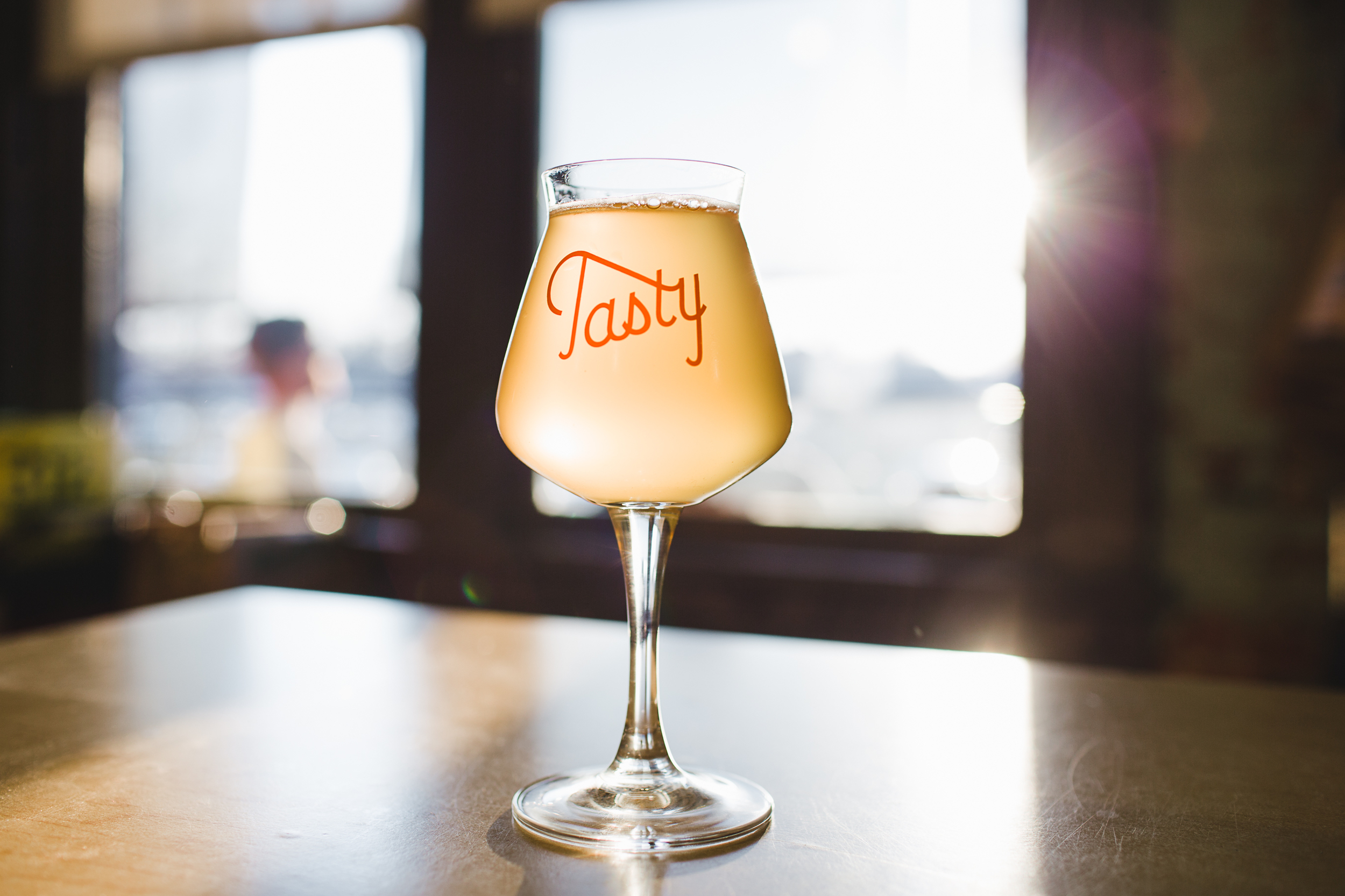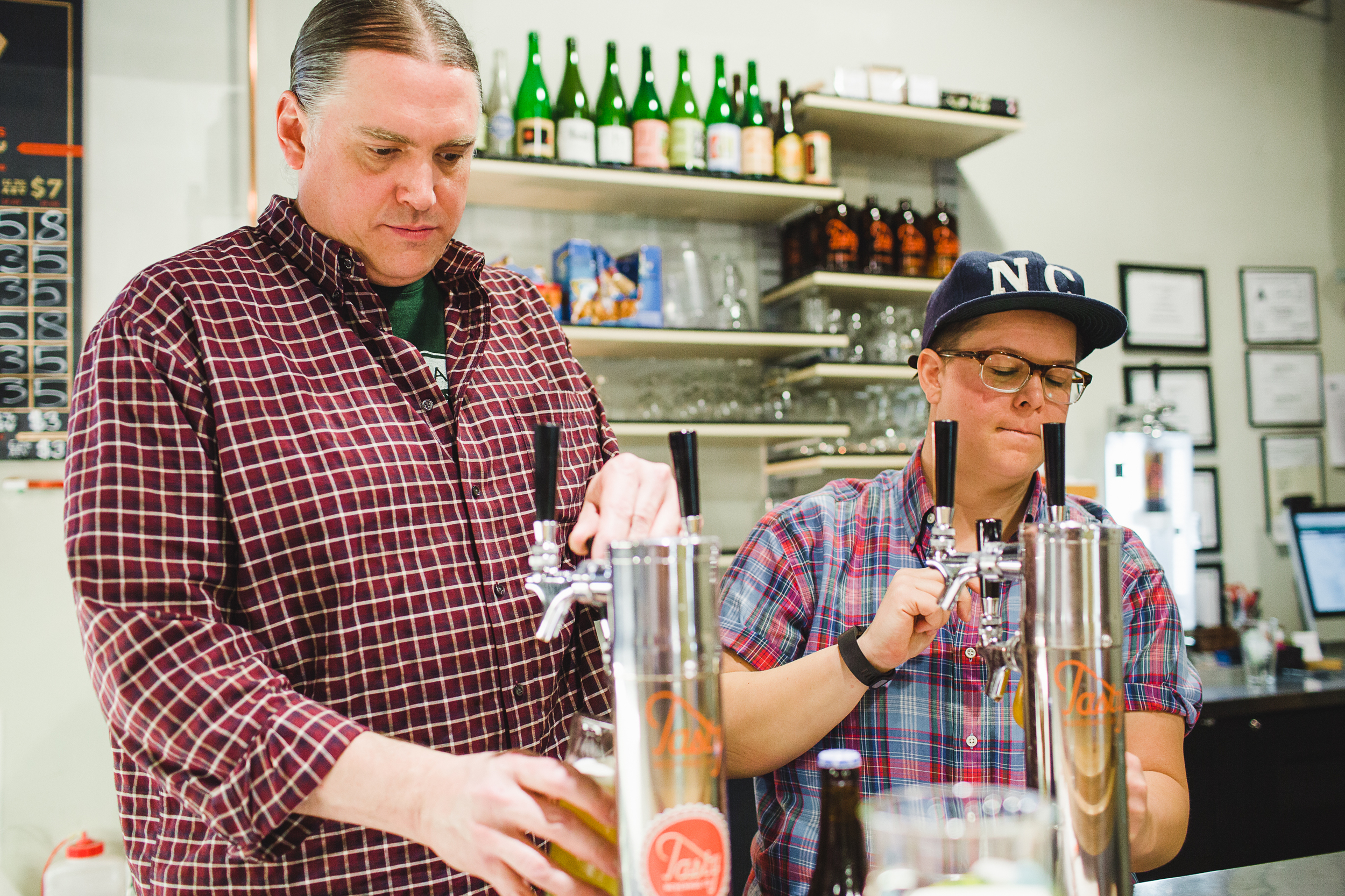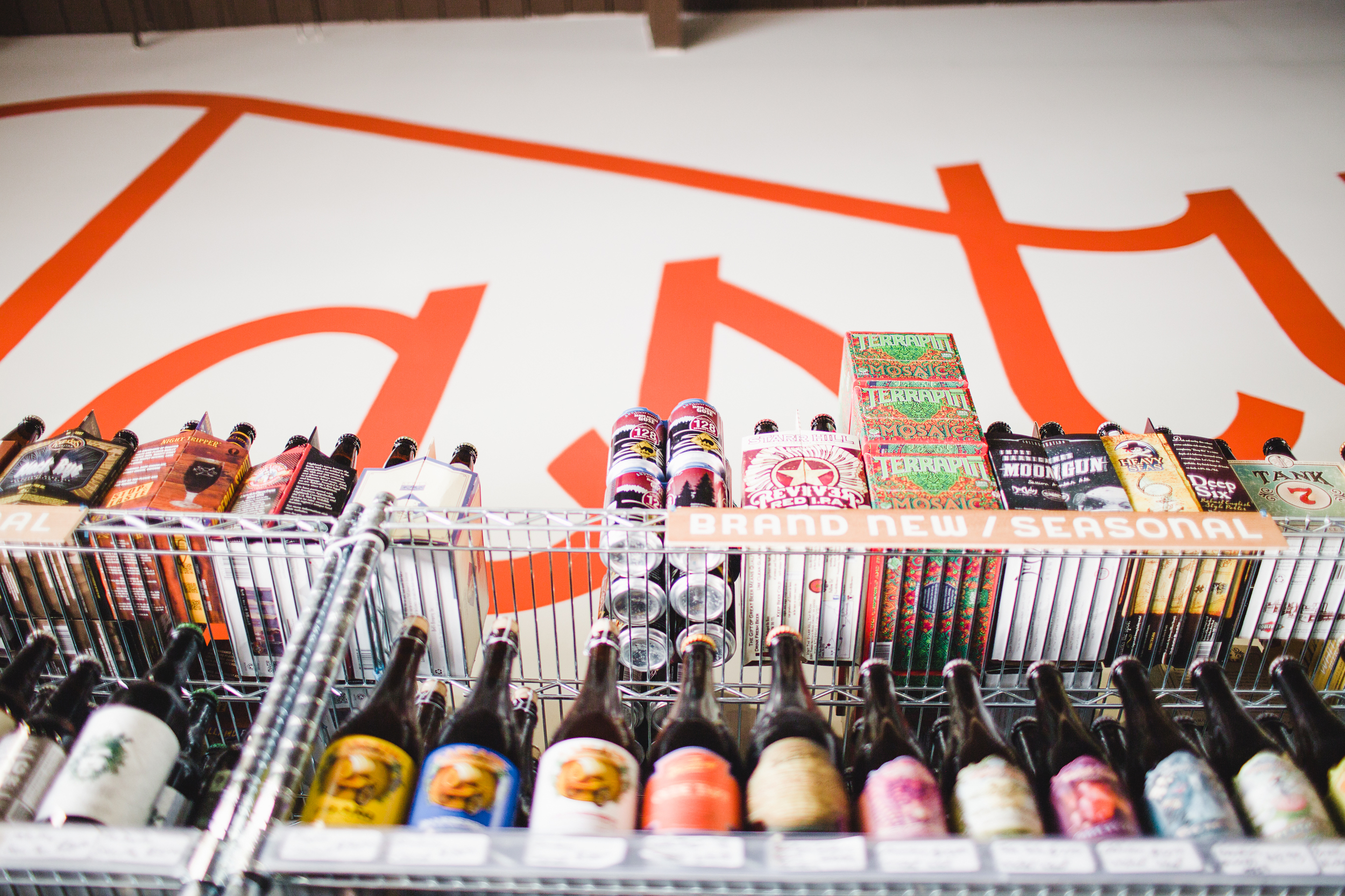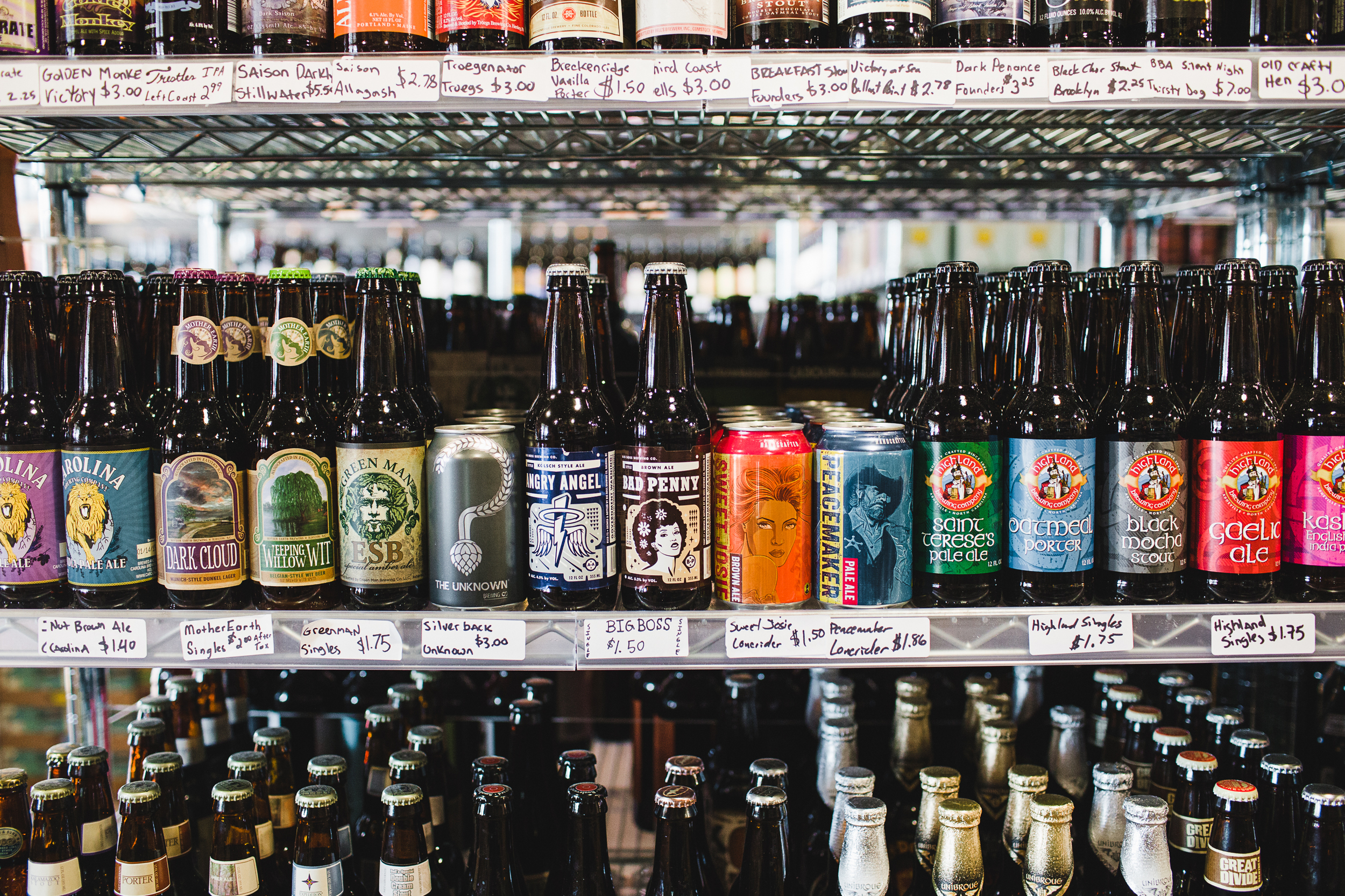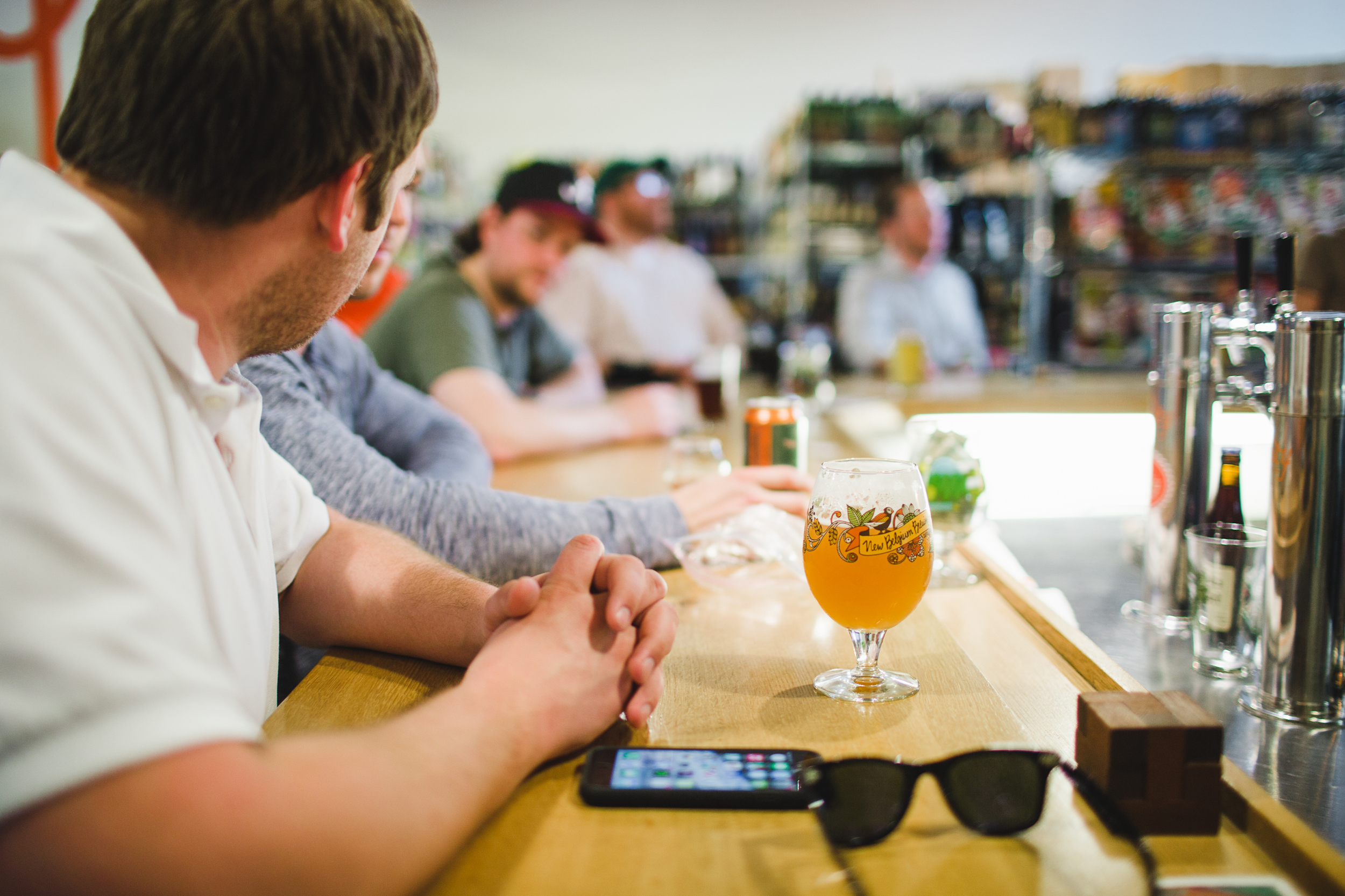Gloucester Mardi Gras
/
Story and Photos by Ryan Stancil Illustrations by Cameron Laws
Presented by our friends at Tasty Beverage Company
Back in February, Bit & Grain caught wind of a little piece of Cajun culture down in Carteret County.
Just inland, off The Straits of Harkers Island, between Whitehurst and Sleepy Creeks, lies the salty community of Gloucester, population of a little over 500 and a total area somewhere in the neighborhood of one-and-a-half square miles. Believe it or not, they have a post office. On February 14th, the unincorporated community celebrated Mardi Gras for the twenty-third straight year.
While I had never been to Gloucester, I am intimately familiar with the Carolina coast and made the trek down east with a set of preconceived notions about the community and the celebration — an eastern North Carolina interpretation of an increasingly commercialized holiday. I assumed the event would take place in a traditional town square with limited parking and that the cost of admission, listed as free on the event’s website, only guaranteed access to the festivities. I expected to hear overtones of the fading, yet iconic Harker’s Island accent, kitschy store bought Mardi Gras regalia, jazz and possibly a makeshift float.
My day in Gloucester turned out much differently than I had imagined: There was no town square, no parking battle, no mass-produced Mardi Gras wear, no Harker’s Island accent, no jazz, no float.
Instead, several rusted, tin roofed shelters and a small cinderblock community club building anchored the festival. A few tents and tarps, strung between the shady moss-covered live oaks, provided additional shelter. Everyone parked on the side of the road.
The costumes were made or assembled by hand and ranged from understated to outrageous. Most folks had, if only slightly, a North Carolina twang.
People danced to the greasy, raw and engaging Cajun tunes that wafted through the air.
Many visitors donated ingredients for the seafood, sausage and chicken gumbo and traveled to Gloucester the night before to chop vegetables and stir its roux.
To eat, you had to march in the abbreviated Mardi Gras run, a brief foot parade, right down the middle of Pigott Road. Everyone marched and everyone ate.
The spirit of the event stuck with me, though. Afterwards, I kept wondering why.
Why here? Why free? Why this way?
I asked a number of folks why they came to the festival. The most common answer:
Why not?
Gloucester is 984 miles from the French Quarter of New Orleans and nearly a half-hour away from the closest Catholic church. And, as echoed by a festival organizer, it is likely few residents were familiar with the tradition prior to the inception of the annual celebration.
Back in the late 80s, festival founders Bryan and Barbara Blake stumbled upon a Cajun tune at an Old Time jam session and they were instantly hooked. They lived in Charlottesville, Virginia, at the time, and relocated to Gloucester after scouring the coast for a wooden boat-building community where Bryan could work. They soon assembled Unknown Tongues, a Cajun zydeco band, in 1990 and began celebrating Mardi Gras at the Gloucester community building two years later.
The Gloucester Mardi Gras celebration had humble beginnings. It was announced by word of mouth and through postcards. Gumbo preparation began on Saturday morning. Forty-some folks brought potluck dishes and hung around the community building, soaking in the sounds of a single band, Unknown Tongues.
Much has changed. The festival is now announced on social media, local news, and through email. Gumbo preparation begins Friday night. Those forty-some folks have turned into a family of hundreds. That single band has been joined by several others, including Gator Gumbo, Lost Girls, MSA Cajun Band, Zydeco Ya Ya, and Jackomo. It takes over a month to plan and sixty people to make it happen.
The festival’s growth means more work for its coordinators. “Even though we complain while we’re doing it, after everything is cleaned up and packed away its like we should do this for two days,” says Bryan Blake, “It definitely gets community together.”
A smattering of towns in North Carolina host annual Mardi Gras celebrations, each adds its own flavor and interpretation to the celebration; some resemble the carnivalesque Mardi Gras of our popular imagination while other’s, like Gloucester’s, are modeled after the rural Mardi Gras of Southwest Louisiana.
Gloucester’s carnival was anything but a stereotypical scene from Bourbon Street revelry. In rural Southwest Louisiana, Mardi Gras is about turning social norms upside down. Faces are painted, bodies are disguised in costume, and goods, namely food, are exchanged for free. Community, performance and playfulness are the heart of this kind of Mardi Gras.
Knowing this now, it all makes sense: the rural setting, donated ingredients, free gumbo, free Cajun music, a donation box supporting a local scholarship for graduating high school seniors, a used book sale for local libraries. At the core, behind all the masks, loud music and parading, the event is about taking, sharing, giving. It fits eastern North Carolina far better than the spectacle that is New Orleans Mardi Gras.
The festival’s growth means more work for its coordinators. “Even though we complain while we’re doing it, after everything is cleaned up and packed away its like we should do this for two days,” says Bryan Blake, “It definitely gets community together.”
A smattering of towns in North Carolina host annual Mardi Gras celebrations, each adds its own flavor and interpretation to the celebration; some resemble the carnivalesque Mardi Gras of our popular imagination while other’s, like Gloucester’s, are modeled after the rural Mardi Gras of Southwest Louisiana.
Gloucester’s carnival was anything but a stereotypical scene from Bourbon Street revelry. In rural Southwest Louisiana, Mardi Gras is about turning social norms upside down. Faces are painted, bodies are disguised in costume, and goods, namely food, are exchanged for free. Community, performance and playfulness are the heart of this kind of Mardi Gras.
Knowing this now, it all makes sense: the rural setting, donated ingredients, free gumbo, free Cajun music, a donation box supporting a local scholarship for graduating high school seniors, a used book sale for local libraries. At the core, behind all the masks, loud music and parading, the event is about taking, sharing, giving. It fits eastern North Carolina far better than the spectacle that is New Orleans Mardi Gras.




